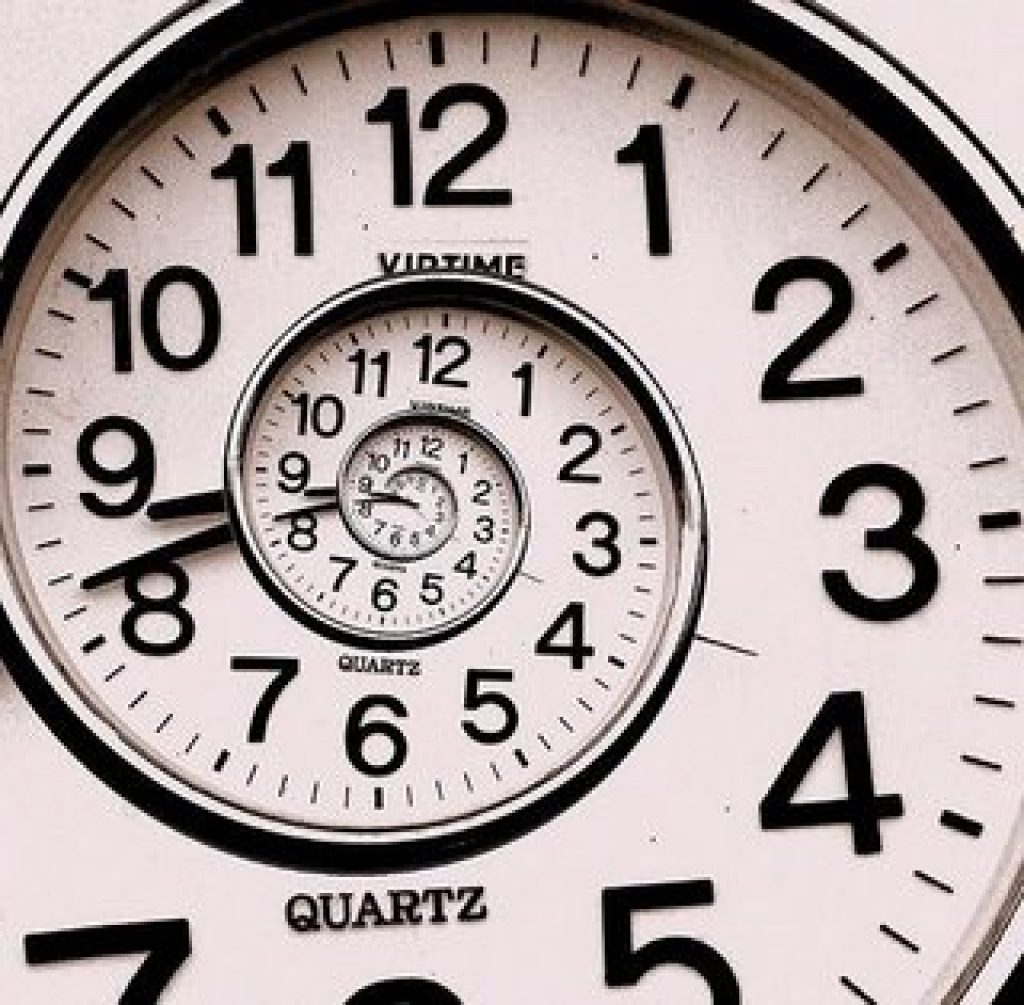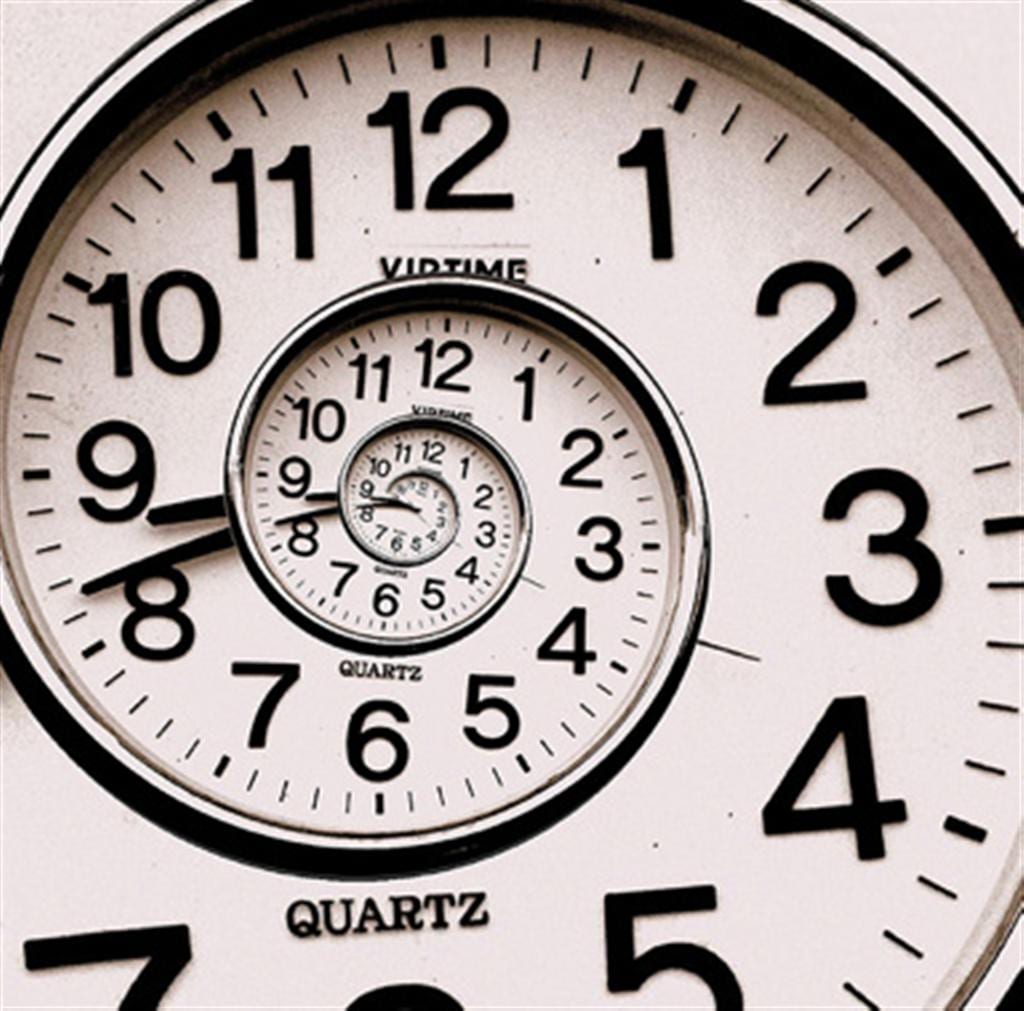Pas de Deux for cello and piano
Instrumentation
cello and piano
This virtuosic and programmatic single-movement work is a portrait of an evolving partnership beginning with youthful exuberance, passing through rumination on loss, and culminating in a state of complex yearning: the desire to make ephemeral love timeless and permanent. It began as a commission from Pamela Dillon for her husband Stephen’s birthday. It grew into much more, through the dark times of 2001, and finally as the centerpiece of their remarriage in 2024.
Program Note
Pas de Deux is one of the few works of mine that is overtly programmatic. It was commissioned a long time ago by a dear friend, Pamela Dillon, for her husband Stephen’s surprise fortieth birthday party. Over the course of numerous enthusiastic conversations with Pam it became clear to me that she had very concrete ideas for their piece. Pam wanted to somehow describe the course of an intimate relationship in ways that would be both specific to the two of them and universal for all. Knowing the special closeness that existed between Pam and Steve, and their strong personalities, the title Pas de Deux immediately came to mind. Rarely does one meet two people who are so joyfully intertwined in their daily existence while simultaneously keeping their individuality. Pam went so far as to supply me with a series of aphoristic writings that eventually provided a distinctive framework, a program, which made the compositional process akin to setting a text or composing theater music. The work is one movement divided into four sections: I. Prologue; II. Youth; III. The Limits of Life, a. Dialogue and b. How Time Ends; and IV. Pas de Deux.
I decided to revisit Pas de Deux during the summer of 2001, a year that would end up so full of unusually intense and raw emotional experiences for us New Yorkers. I had felt that the original version of the work implied much more than it delivered. What I didn’t expect was that the piece would take on a life of its own, be transformed, and in process expand by almost half its original length: from thirteen to twenty-three minutes. Current events infused the work with deeper meaning. The middle section (III. The Limits of Life) in particular, started during the late summer and finished in the late fall of 2001, took on a much darker hue as events in New York City gave the subject new and more urgent meanings. As the work broadened and deepened it also became far more virtuosic. A further twist happened a decade later when Pam and Steve separated.
What I never expected was for Pas de Deux to return once more. The occasion was the recent rekindling of Pam and Steve’s relationship and subsequent marriage… to each other in 2024. Pas de Deux was once more a centerpiece for them taking on even more nuance and meaning. The piece contains the same notes it did when I revised it in 2002. What’s changed in the past thirty plus years is us. The music’s darks seem darker, its radiance all the brighter, and yet even more fragile. What art tries to do, like love, is to be a companion for us as we go through our lives, exhibiting “grace under pressure,” finding new relevance and meaning as life changes us. It reflects us, while leading us to new realms — places lovely and sublime, or frightening and not-so lovely. This thought pleases me.
Having said all of this, one of music’s greatest strengths is that its meaning is simultaneously both concrete and ephemeral – in the end I don’t wish to dictate how the program should be realized, nor specifically who, or what, the various instruments, gestures, or sections “represent.” Instead, take my titles as a guide, or not, and use your own experience to find connections, symbolism, and meaning for yourself.
Several fine cellists have tackled this demanding work including Semyon Fridman, Maria Kitsopoulos, Fred Sherry, and now 2025 Avery Fisher Career Grant award winner Thomas Mesa. This pleases me greatly.
Listen to Fred Sherry and Stephen Gosling
Score Preview

